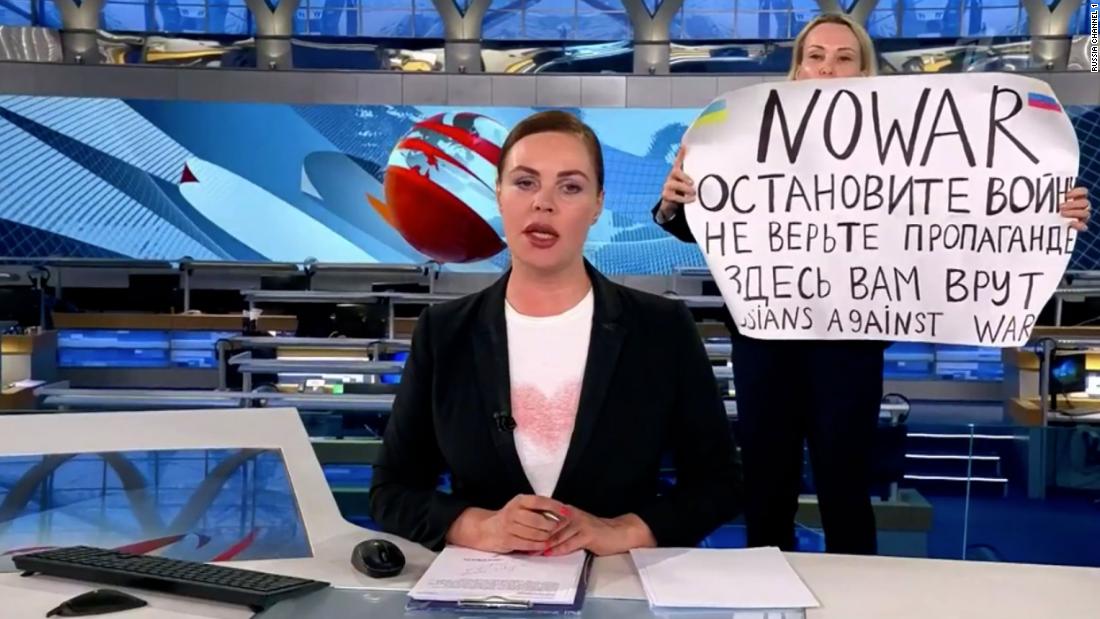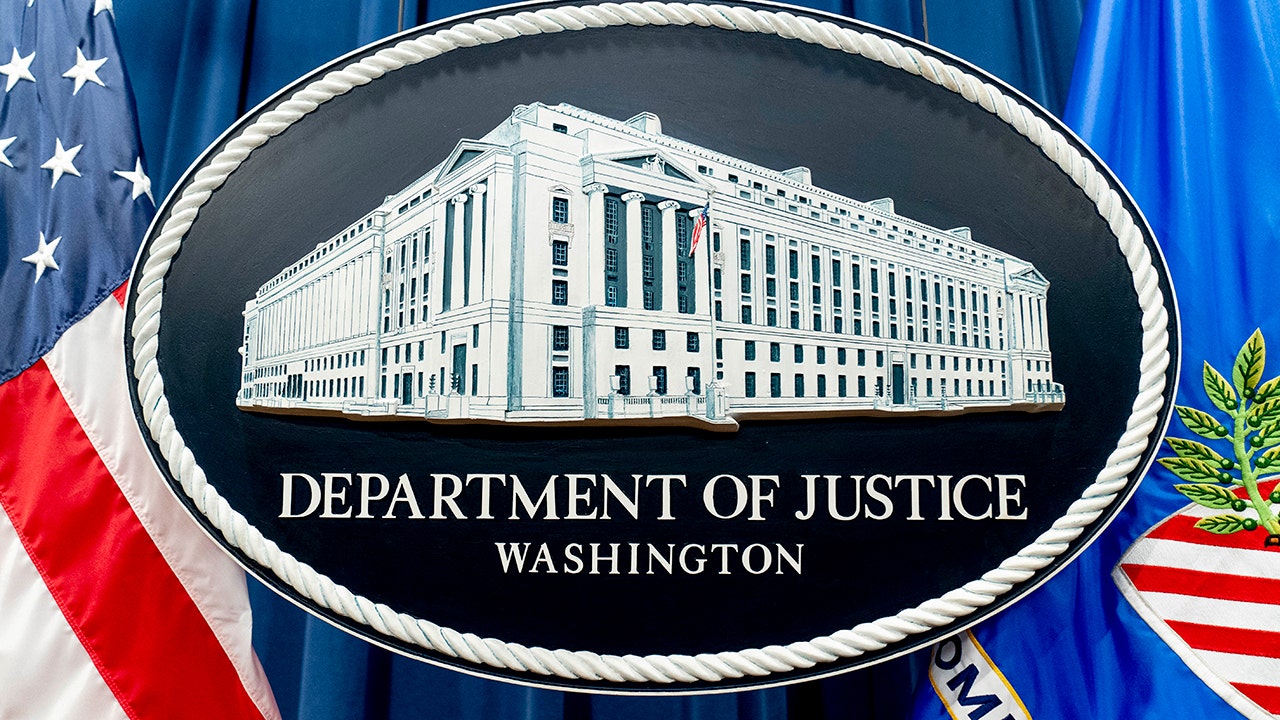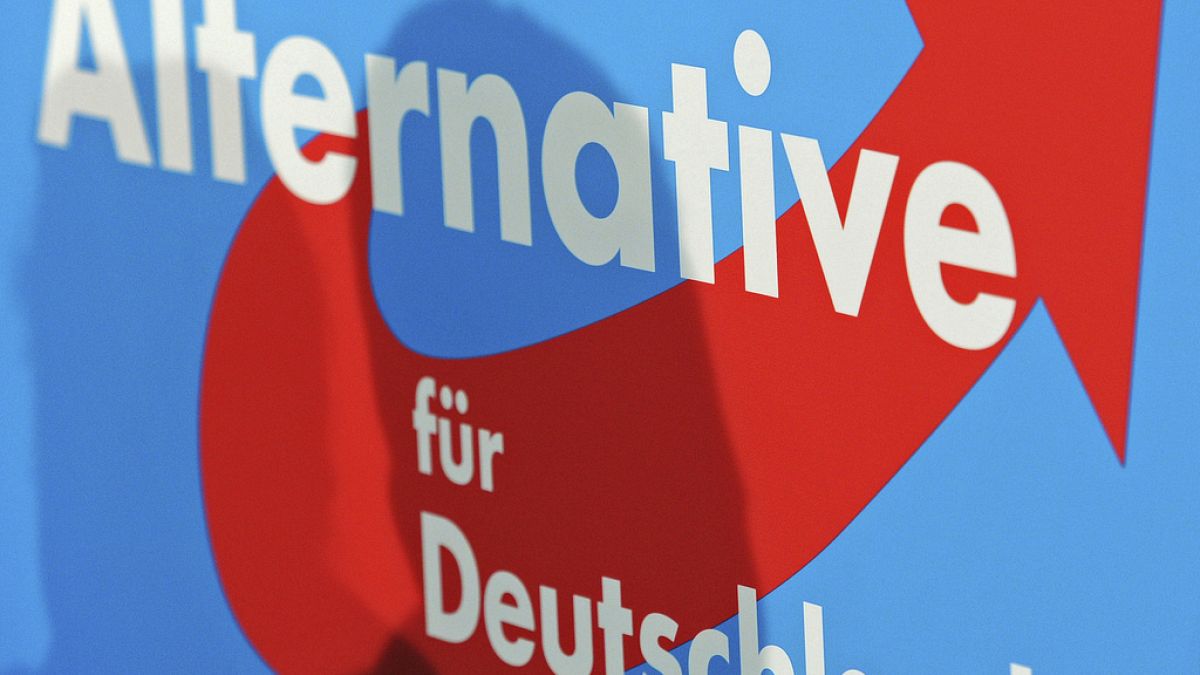Even by the standards of central Europe’s polarised politics, Slovak politicians stand out for their vitriolic discourse.
Barely minutes after Prime Minister Robert Fico was shot and left gravely injured on Wednesday, some of his allies accused the opposition and the media of having blood on their hands and threatened a clampdown.
L’uboš Blaha, deputy speaker of parliament and a senior member of Fico’s Smer party, told opposition MPs: “This is your work.”
“I want to express my deep disgust at what you have been doing here for the last few years. You, the liberal media, the political opposition, what kind of hatred did you spread towards Robert Fico? You built gallows for him.”
The shooting, which the government said was carried out by a “lone wolf” attacker with political motives, has left the country reeling and has raised questions about the threat that the spiral of toxicity poses to democracy just weeks before European parliamentary elections.
“This tragic event should be a lesson to all of us,” Věra Jourová, European Commission vice-president, told the Financial Times. “All over Europe, we can see increased polarisation and hate . . . We have to understand that verbal violence can lead to physical violence.”
Many Slovaks see the assassination attempt as the culmination of months of verbal attacks, disinformation campaigns and even fist fights between the liberal opposition and allies of Fico, who returned to power in October.
Fico’s condition was described as serious but stable on Thursday after five hours of surgery on his bullet wounds.
In a rare sign of unity, Slovakia’s outgoing liberal president, Zuzana Čaputová, joined her successor and Fico ally, Peter Pellegrini, to make a joint address on Thursday. “We are in complete agreement in condemning any violence,” said Čaputová. “Yesterday’s attack on Prime Minister Robert Fico is first and foremost a great human tragedy, but also an attack on democracy.”
Fico’s government also pledged to ease its campaign activities for the EU elections if other parties followed suit.
In fact the shooting could allow Fico’s ruling coalition to reap significant benefits, both by gleaning a “clear sympathy vote” in June and by providing an opening to accelerate its clampdown on opposition media, said Misha Glenny, rector of the Vienna-based Institute for Human Sciences.
“There are risk-averse members of the Fico coalition who will try to moderate the course, but the coalition also needs to keep those who want to escalate things in order to survive” and maintain Fico’s parliamentary majority, said Juraj Medzihorsky, a Slovak assistant professor of social data science at Durham University.

One particular concern is the response of the ultranationalist SNS party that forms part of Fico’s three-way coalition. Its chair, Andrej Danko, warned that “a political war is beginning at this stage”.
Danko also promised “changes to the media” beyond Fico’s planned overhaul of the public broadcaster RTVS, which critics say threatens its editorial independence. Fico’s coalition also recently advanced legislation in parliament that could deprive non-government organisations of foreign funding.
At the same time, Belgium’s prime minister Alexander de Croo told the FT there was a risk that vitriolic attacks and increased danger would deter people from entering politics. “There’s a French saying that when people who feel disgusted go away, you have only disgusting people stay.”
In Bratislava, residents said they were stunned by Fico’s shooting, although many attributed it to the sharp degradation of political standards.
“Politicians have been pouring a lot of oil on the fire here, so I think it was only a matter of time for something like that to happen. But that doesn’t mean that it was easy to imagine this could actually happen to our prime minister,” said Michal Venglar, a 33-year-old teacher.
Fico’s shooting has revived memories of another traumatic event in the Slovak psyche: the assassination of a 27-year-old investigative journalist and his fiancée in 2018. The reporter, Ján Kuciak, had been probing alleged collusion between government officials and organised crime. The furore over the killings forced Fico to resign as prime minister.
“It reminds me of the horror after the murder of Ján Kuciak and Martina Kušnírová, when Slovakia received negative news all over the world, and today it is like that again,” Ivan Štefanec, an opposition member of the European parliament, wrote on Slovak news site SME.

Grigorij Mesežnikov, a political scientist and president of the Institute of Public Affairs think-tank, said Slovakia’s “very confrontational” politics could be attributed to an “incomplete democratic transformation” after the fall of communism and the persistence of “problematic value orientations” such as xenophobia and homophobia.
Like others, Mesežnikov suggested the ruling coalition could opt for more radicalisation. Conversely, Fico could use his near-death experience as a turning point and change his aggressive political approach, said Mesežnikov — but he was “sceptical” about whether that would happen.
Last year Fico built his stunning comeback to office partly on stoking social tensions and accusing incumbent politicians of mismanagement and weakness. The election campaign featured a fist fight between Fico’s current defence minister and a former prime minister.
Following Russia’s all-out invasion of Ukraine in 2022, Fico lambasted the then-government of Slovakia for allegedly violating national sovereignty by sending fighter jets to Kyiv at the request of Nato without parliamentary approval.
Some of Fico’s most virulent attacks were aimed at Čaputová — the popular liberal president has said that threats against her family were among the reasons that she did not seek re-election in April. Instead Fico’s coalition partner Pellegrini was elected after running a campaign accusing his pro-EU rival of wanting to deploy Slovak troops in Ukraine.
“I would not want to put probabilities,” said Durham University’s Medzihorsky, “but the risk that things get worse is quite serious.”
Additional reporting by Alice Hancock in Brussels






























